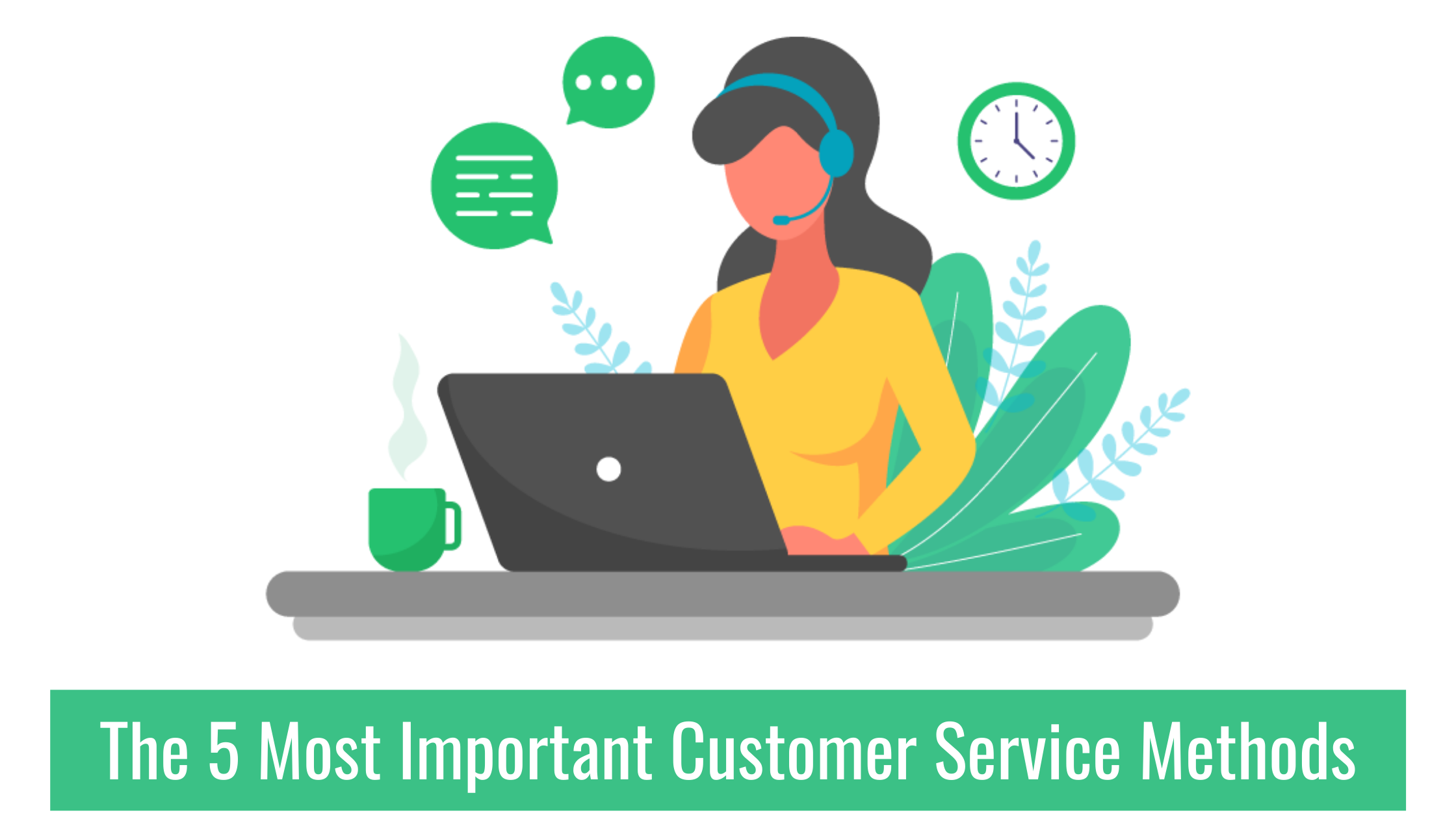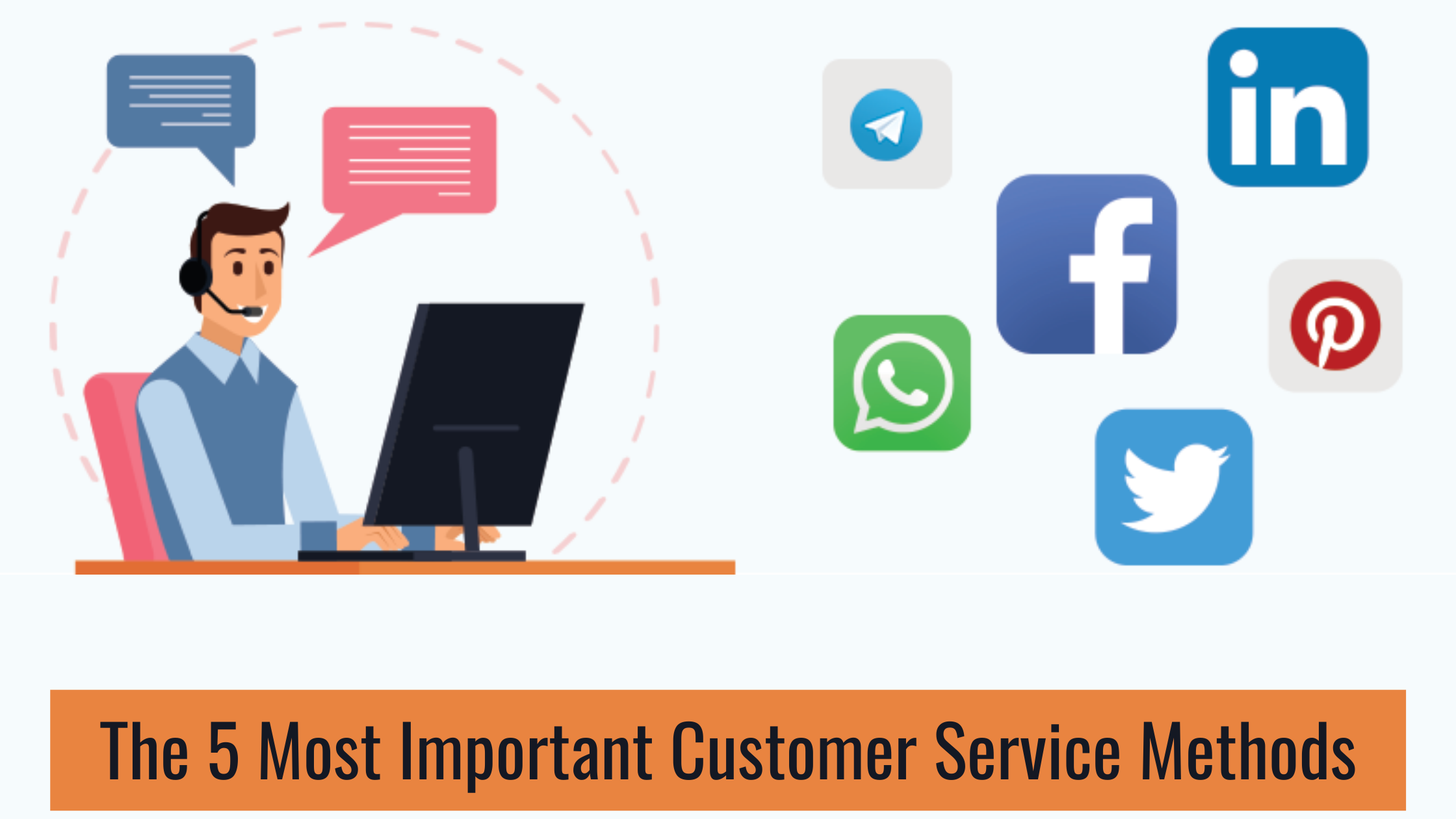My virtual people Blog
The 5 Most Important Customer Service Methods

A devoted consumer is a priceless asset. Try to keep it with you while hiding from the rest of the world. Customer satisfaction is a key factor in determining an organization's status. To be able to provide a satisfactory service to the consumer, ongoing attempts must be made to serve them.
However, if you are not cautious, they will be lost to your competitors in an instant. Customers might be tough to deal with at times, but regardless of the circumstances or condition, they must be treated with the highest care and honesty. It is our responsibility as service providers to operate calmly and patiently in any challenging scenario.
Every company wants its consumers to be pleased. That is why we have provided you with the five most significant customer care tactics that should work their magic!
Important Customer Service Techniques:
#1 Keep an Eye on Your Customers
Listening to your client and following up on what he or she says is an essential customer skill that every firm should practice. While summarizing the statements and then repeating them to the consumer may appear odd to some, it is not!
To begin with, paying close attention to your customer ensures that no detail is overlooked. It also allows you to mentally record the phrases and subsequently summarize and repeat them to the consumer. This offers the consumer the feeling that he was adequately listened to and that his/her concern is understood. By repeating their statements to the customer, you ensure that you heard them accurately and can proceed with the problem resolution.
If a mistake is made in today's environment, when individuals seem to have little time, it becomes very difficult to go back and rectify the problem. It is always preferable to take safeguards than to seek a remedy afterwards. It is not enough to simply listen to their dilemma or broadcast their comments to them. The firm or the employee should raise the issue with the appropriate department and do everything possible to resolve the issue in a timely and efficient manner.
The employee should also ensure that the problem's follow-up procedure is communicated with the client, describing the remedies involved clearly and briefly. In no situation should the consumer be left wondering what measures will be done next.
#2. Become Familiar with Your Product
Consider the following scenario: a consumer approaches one of your workers and inquiries about details about a recently introduced product. However, due to his lack of understanding, he is unable to effectively describe the goods to the consumer. Wouldn't that be disrespectful to you?
Furthermore, wouldn't that particular incident has the potential to ruin your company's reputation? While it may not be as bad as it might be, people will undoubtedly look down on your organization. One negative review and you've lost a customer.
Because most customers believe in their ears rather than their eyes, your organization might suffer a significant financial loss.
See how even minor details may have a big impact on your business? To avoid situations like these, constantly keep your personnel up to date on new items that hit the market before stocking them in your business.
Make product training a part of the onboarding process, along with updates on refreshers, which are common.
#3. Reflect What They Say
According to experts, repeating the words said by the consumer while outlining their wants helps them assume that you have absorbed all they stated. Mirroring their words and language facilitates communication between the two parties and causes them to believe that you have acknowledged everything they have stated. By repeating the words to the consumer, you ensure that you just comprehended what they said, nothing more or less.
As previously said, rephrasing helps to reduce the likelihood of making a mistake. The tone of voice is very important in communication between the consumer and the employee. Mirroring the tone, as long as it is not angry or agitated, signals to the client that the employee regards your words and considers you valuable. Using a typical caring tone with the consumer suggests that you value them. It might be difficult to discern a person's mood while communicating via text. Keeping your cool when dealing with an upset customer is a skill that every employee should learn and practice.
#4. Make Effective Use of Templates
The consumer does not want to feel as if he is speaking to a machine rather than a person. While the usage of templates can aid in providing exceptional customer service with prompt replies, it is also important to ensure that the templates do not lack any type of kind or appealing tone that may lead the consumer to believe otherwise. When utilized correctly, the template should be well-structured and may deliver a wealth of information to the consumer.

The templates can include structured language and step-by-step solutions for responding to frequently requested queries from customers. While templates must include some pre-written material, the templates should also adhere to specific principles. The employee should customize the text in the template to make it appear more conversable and clearer. The usage of bespoke templates will result in the establishment of a personal relationship with the consumer, which will benefit the organization in the long run.
#5 Become Familiar with All Customer Service Media
While a person's specialty is limited to only a few areas, an employee should have the knowledge and abilities to manage all customer care channels to handle any type of customer service media provided to him. When confronted with an issue, he should be able to quickly lead himself through it via chat, phone, text, or social media.
 People nowadays prefer to contact customer service via text, such as social media, live chat, or even emails. As previously said, agents need to develop the talent of appropriately and efficiently interacting with their clients' emotions.
People nowadays prefer to contact customer service via text, such as social media, live chat, or even emails. As previously said, agents need to develop the talent of appropriately and efficiently interacting with their clients' emotions.


No comments yet